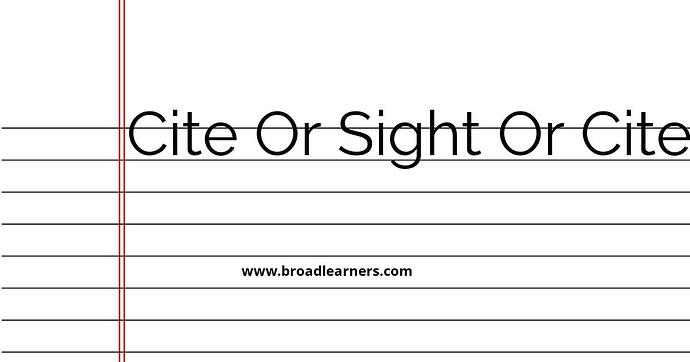'Cite', 'sight', and 'site' are commonly confused words in English grammar. Understanding the difference between 'cite', 'sight', and 'site' is important to use them correctly in written and spoken English.
'Cite' is a verb that means to quote or refer to a source, such as a book or an article, to support an argument or provide evidence.
'Sight' can be used as a noun or a verb. As a noun, it refers to the ability to see or the act of seeing. As a verb, it means to catch a glimpse of something or to notice with your eyes.
'Site' is a noun that refers to a location or a place, especially one that is used for a specific purpose or has a particular significance.
Let's take a closer look at the meanings and usage of 'cite', 'sight', and 'site'.
| 'Cite' | 'Sight' | 'Site' |
|---|---|---|
| The word 'cite' is used to refer to or quote a source to support an argument or provide evidence. | The word 'sight' refers to the ability to see or the act of seeing. As a verb, it means to catch a glimpse of something or to notice with your eyes. | The word 'site' refers to a location or a place, especially one that is used for a specific purpose or has a particular significance. |
|
|
|
To remember the difference between 'cite', 'sight', and 'site', it can be helpful to associate 'cite' with 'quote', 'sight' with 'see', and 'site' with 'location' or 'place'.
Here are some examples of correct usage:
- Please remember to cite your sources in your research paper. (referring to quoting or referring to sources)
- I have lost my sight in one eye. (referring to the ability to see)
- The construction site is closed for renovation. (referring to a location)
Remembering the correct usage of 'cite', 'sight', and 'site' will improve your grammar and communication skills.
